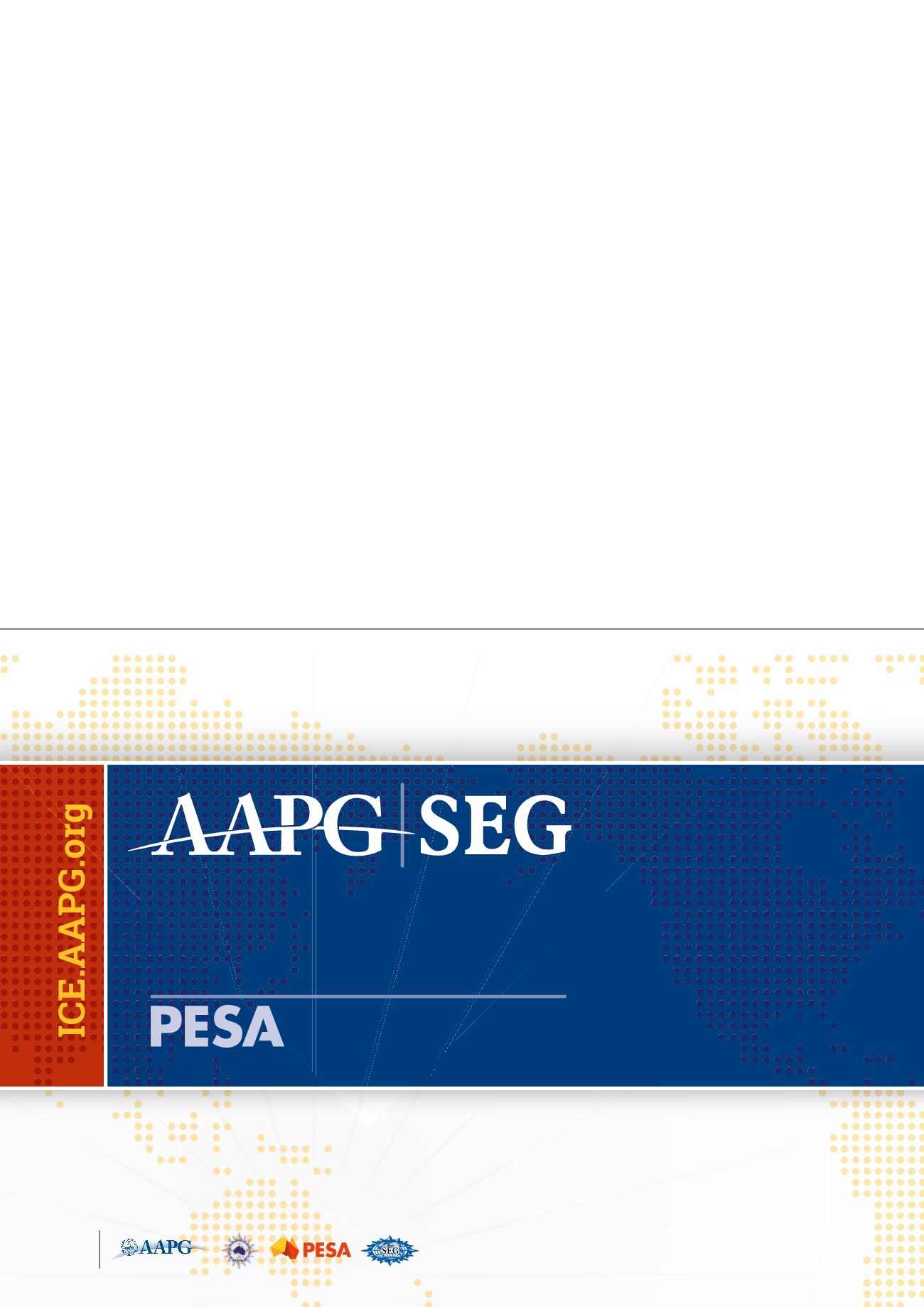
to equilibrate and suggests that large volumes of oil might be present in
stratigraphic or dynamic traps in this region. Whilst the previous seismic
coverage in the area consists of a series of small surveys, ranging in
vintage from the 1980s to 2010 with different acquisition parameters, a
uniformhigh‑end dataset such as that provided by the Horda and Tampen
surveys is required to understand the complex geology in this area. The
southern and eastern parts of the area are less explored and considerable
interest is expected here as several companies have shown renewed
interest in exploring for oil and gas outside themain oil play fairways after
the recent new discoveries in the North Sea.
Both Horda and Tampen are BroadSeis variable‑depth streamer
surveys and are being acquired using the synchronised, multi‑level
broadband source, BroadSource, which provides the same low
frequencies as a deep‑towed conventional source, but fills the source
ghost notch, to extend the spectrum in the high frequencies. This
full‑bandwidth solution includes specially developed deghosting
algorithms to deliver ghost‑free images with over 6 octaves
of bandwidth, from 2.5 Hz to the Nyquist recording interval
(Figures 2 and 3). One of the different deghosting algorithms that has
been developed for performing ghost wavefield elimination (GWE) is
being applied to the data pre‑stack and pre‑imaging (Poole 2013) to
create an ideal broadband wavelet, i.e. one with a sharp central peak
and minimal sidelobes.
BroadSeis capitalises on the exceptional low‑noise characteristics
of Sercel Sentinel® solid foam‑filled streamers (Dowle 2006), which
have been proven to be 10 ‑ 15 dB quieter than gel streamers below
10 Hz in vibration tank tests. The proprietary curved streamer shape
enables the majority of the streamer to be towed deep, up to 50 m.
This deep tow avoids much of the sea‑state noise and extends the
weather window for greater operational efficiency and faster turnaround
times, as well as enabling the recording of ultra‑low frequencies. While
BroadSeis addresses the low frequencies and the receiver ghost notch,
BroadSource further extends the frequency range to the sampling
interval Nyquist, by eliminating the source ghost notch, within the limits
of the Earth’s absorption. The notch is filled by combining acquisition
using a multi‑level source (Siliqi 2013), with specially developed
processing algorithms to deliver full bandwidth seismic.
The ultra‑low frequencies achieved using the BroadSeis solution
provide better penetration through complex overburdens, improved
signal‑to‑noise ratios for deeper targets and more quantitative
seismic inversion. The enhanced layer differentiation, with improved
texture and character, makes interpretation more straightforward.
The removal of the source ghost notch using BroadSource provides
sharp ghost‑free wavelets with frequencies up to the sample interval
Nyquist in the shallow section. This delivers incredible resolution and
detailed 3D images of the near‑surface (Figure 4), enabling accurate
velocity picking of the first seabed layers. It becomes possible to identify
sedimentary infill in old glaciation channels and clearly delineate
unconformities and geohazards.
Close collaboration with clients helped to identify which regions
and stratigraphic intervals would be better imaged by improved
resolution, as play models in this area range from the basement to the
Pleistocene. The variability of the streamer depth and shape of the cable
can be tuned for different water depths and targets so that the notch
diversity and output spectra are optimised for the survey. By combining
information from clients with the geological expertise of geoconsultants
it was possible to design the optimum acquisition parameters for
the Horda and Tampen surveys. In addition careful planning and
International Conference
& Exhibition
2015
Incorporating PESA’s Eastern
Australasian Basins Symposium
13-16 September • Melbourne, Australia
A powerhouse emerges:
ENERGY FOR THE NEXT FIFTY YEARS
Y
AsiaPacificRegion
HOSTED B
Take Away
Collaborate
Learn
Build
invaluable knowledge from
the world’s most trusted
geosciences organizations.
from 600+
global technical
presentations.
with industry experts
and colleagues from
more than 60 countries.
the latest innovations and
technical information to
prepare you for the future.
Register by 23 June and save up to US $305
ICE.AAPG.org


